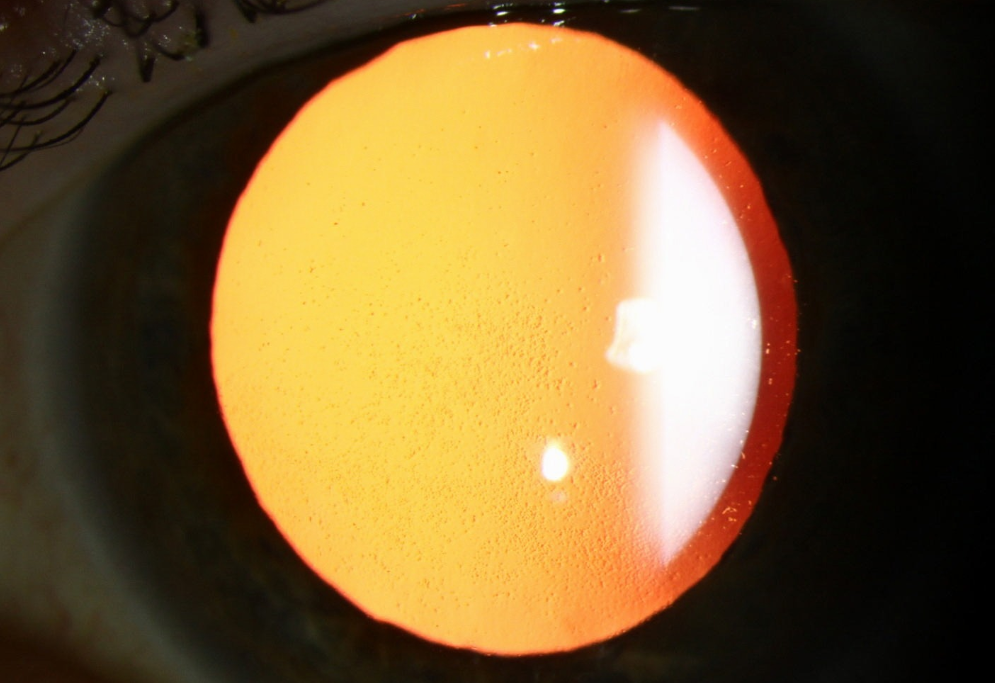 |
Nearly 600,000 individuals over the age of 65 in the United States have FECD, with the prevalence significantly higher in women and White population compared with other ethnicities. Photo: Christine Sindt, OD. Click image to enlarge. |
Editor’s Note: As part of our “Year in Review” retrospective, we’ve selected the top 30 news stories of the year and are re-sharing them as we close out 2023. Follow along as we count down to number 1!
This story was originally published November 3, 2023.
No. 4 biggest news story of 2023:
The late onset variant of Fuchs’ endothelial corneal dystrophy (FECD) typically presents in the sixth decade, but previous studies have observed cases presenting in the seventh decade. Because of this, researchers aimed to assess the prevalence and economic burden of Fuchs’ in patients older than 65 years in the United States and found that nearly 600,000 people have FECD with an economic burden that was close to $300 million.
A retrospective analysis of the Medicare data reported to the Vision and Eye Health Surveillance System including patients diagnosed with FECD between 2014 and 2019 was performed. The crude prevalence rate of FECD was assessed to estimate the total case burden in the United States. The prevalence data were further compared between men and women and different racial groups. In addition, the economic burden was computed using inflation-adjusted direct costs of treatment to patients.
The Medicare database included 25.4 million patients (which represents approximately 50% of the total population of older than 65 years in the country) and the national prevalence of FECD was calculated to be 1.12% with an estimated case burden of 591,226.
FECD prevalence was significantly higher in women as compared to men, which could be attributed to the higher frequency of DNA adducts causing mitochondrial blockade during the replicative processes in the cornea, previous studies have shown.
FECD prevalence was also significantly higher in Whites than all other racial groups. “Although FECD was initially described in the White population, it is known to affect individuals of various other races and ethnicities including Hispanics, Asians and Blacks,” the authors explained. “The differences in the prevalence among various racial populations are attributed to the genetic association of the disease,” they noted; a factor is more prevalent in European and American white populations compared with Asian and Hispanic groups.
The authors noted that the lower prevalence rates among Native Americans may be due to the underdiagnosis of the disease because of the lack of access to adequate vision care.
The total inflation-adjusted economic burden of FECD in the United States in 2019 was $291,648,000 and has increased from $243,998,000 over the six-year study period. The cost of the diagnosis, procedure and perioperative care significantly burdens patients financially, the authors suggested.
“Furthermore, these costs are the direct treatment costs and do not take into account the loss of work and decrease the daily ambulation contributing to indirect economic costs because of visual impairment associated with the disease,” the authors explained.
They hope this data helps guide practice patterns and public health policies for screening, treatment and rehabilitation of patients older than 65 years with FECD in the United States.
Singh RB, Pratap Singh Parmar U, Kahale F, et al. Prevalence and economic burden of Fuchs endothelial corneal dystrophy in the Medicare population in the United States. Cornea. September 23, 2023. [Epub ahead of print.] |

